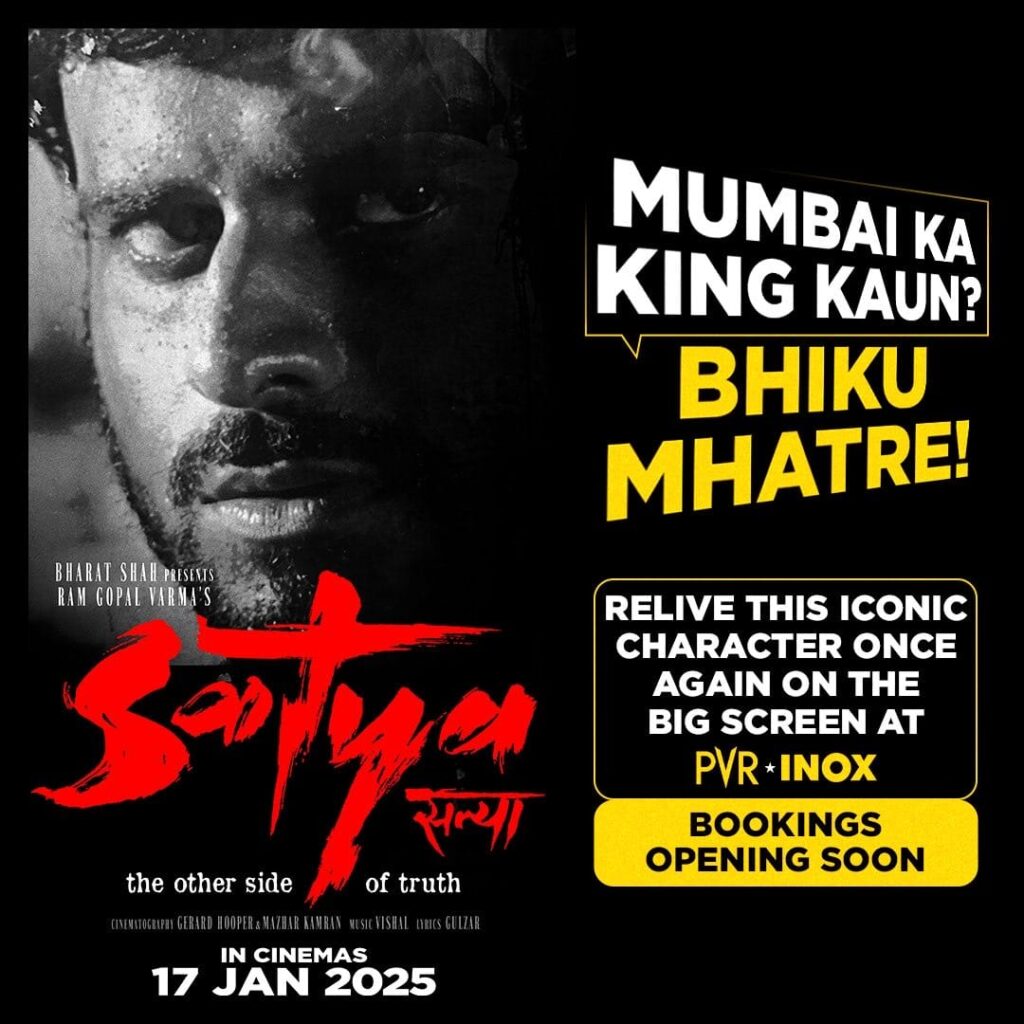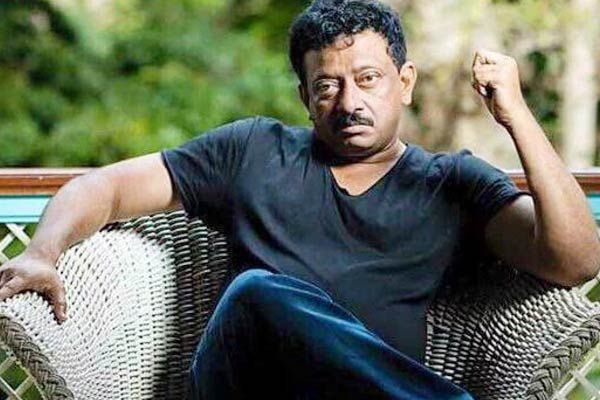Revisiting the Magic: The Re-release of Ram Gopal Varma’s Satya on January 17, 2025

The world of Indian cinema is all set to relive one of its most iconic milestones with the re-release of Satya on January 17, 2025. Directed by the maverick filmmaker Ram Gopal Varma (fondly known as RGV), Satya is more than just a film—it is a phenomenon that redefined the Indian crime genre and left an indelible mark on audiences and filmmakers alike. For those who missed the chance to experience this masterpiece on the big screen during its original release in 1998, this is your golden opportunity to witness history in motion.
A Cult Classic that Redefined Indian Cinema
Released at a time when Indian cinema was predominantly centered around melodramatic storytelling and conventional heroes, Satya shattered the mold. The film offered an unflinching look at the Mumbai underworld, blending gritty realism with compelling storytelling. RGV’s meticulous direction, combined with an ensemble cast delivering unforgettable performances, gave birth to a cinematic masterpiece that still resonates with audiences decades later.

The narrative follows the journey of Satya, an ordinary man drawn into the dark labyrinth of Mumbai’s underworld. The authenticity of its portrayal, devoid of glamour or exaggeration, struck a chord with viewers. Manoj Bajpayee’s career-defining performance as Bhiku Mhatre, alongside the impactful roles played by J.D. Chakravarthy, Urmila Matondkar, and Saurabh Shukla, made Satya an unforgettable cinematic experience.
The Impact and Legacy of Satya
Satya was more than just a film—it was a cultural reset. It introduced Indian audiences to a genre that was raw, unapologetic, and deeply rooted in reality. The film’s screenplay, penned by Saurabh Shukla and Anurag Kashyap, became a textbook for aspiring writers and filmmakers, setting a new standard for storytelling in Indian cinema.
RGV’s innovative approach to filmmaking—eschewing elaborate sets for real locations, embracing unconventional narratives, and crafting morally complex characters—paved the way for a new wave of Indian cinema. Satya inspired a generation of filmmakers, marking the beginning of the “Mumbai noir” genre and influencing classics like Company and Gangs of Wasseypur.
The film also boasted a hauntingly memorable soundtrack by Vishal Bhardwaj, with Gulzar’s evocative lyrics adding depth to its emotional core. Songs like Goli Maar Bheje Mein and Sapne Mein Milti Hai became anthems, cementing the film’s status as a cultural landmark.
Why Now is the Perfect Time to Watch Satya
The re-release of Satya is not just an opportunity to revisit a classic but a chance to experience the film the way it was meant to be seen—on the big screen. For younger audiences who may have only heard of the film’s legendary status, this is an invitation to immerse themselves in a masterpiece that transcends time.
As cinema continues to evolve, revisiting Satya reminds us of the transformative power of storytelling. It’s a film that doesn’t just entertain—it challenges, provokes, and stays with you long after the credits roll.
The re-release of Satya is a celebration of a timeless classic and a tribute to Ram Gopal Varma’s genius. For those who missed the phenomenon in 1998, this is your moment to experience the brilliance of Satya. And for those who witnessed it then, it’s a nostalgic return to a film that changed Indian cinema forever.


